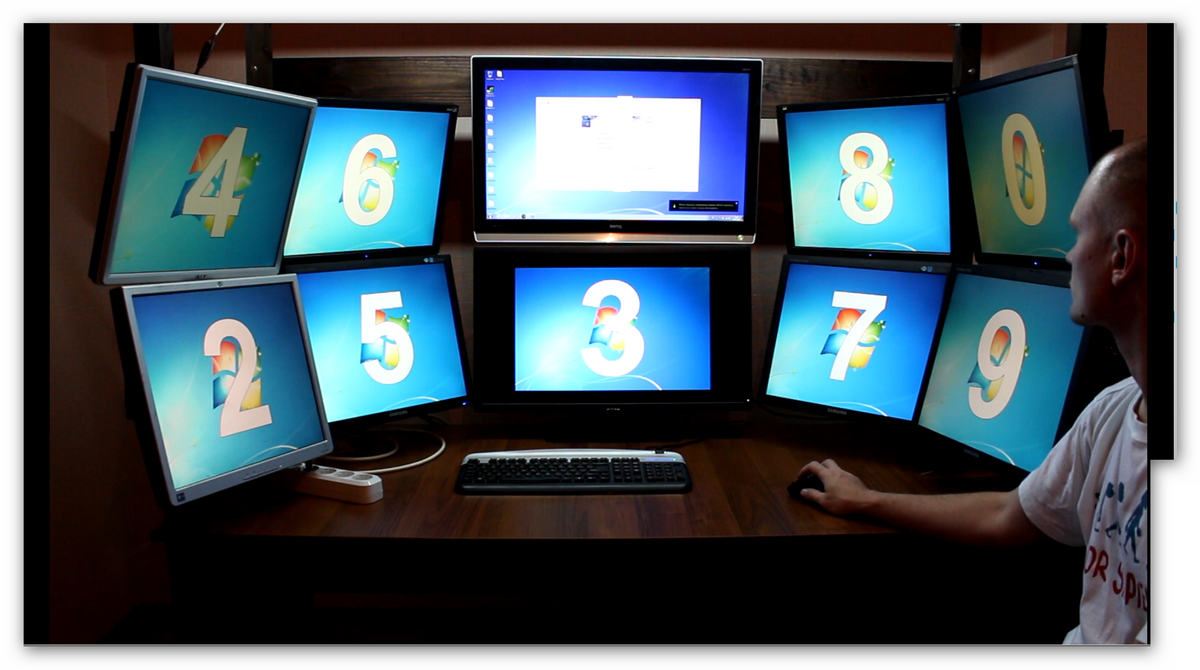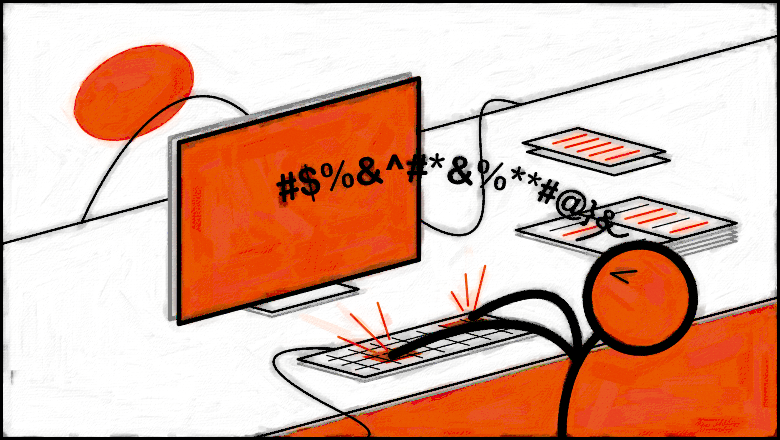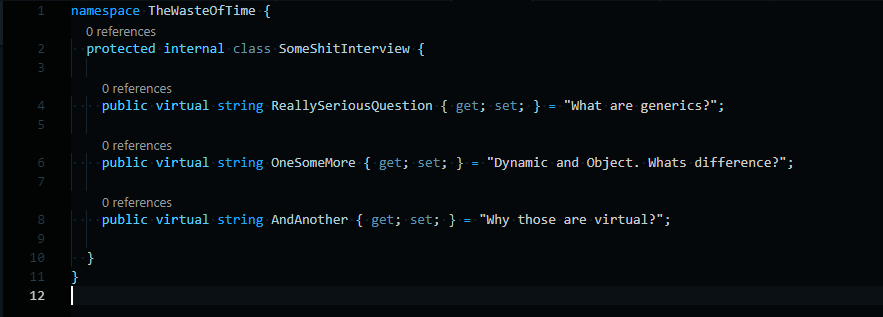Нынешнее сообщение является естественным продолжением вчерашнего, так что сперва напомню известные со вчерашнего дня факты.
Вчера
Novikov в своём блоге
подметил, что Московская городская дума готова была предложить (
26 августа, устами своего депутата Милявского) попрать все идеалы внутренней свободы, а вместо того поклониться одновременно демону тоталитаризма и золотому тельцу правоторговли, то есть составить
чёрный список сайтов, предлагающих нелицензионные файлы, и за любое посещение такого сайта штрафовать каждого гражданина на сумму от 2000 до 5000 рублей.
Это прискорбно.
В частности, Новиков тотчас постиг и сокрушался о том, какие небывалые и коррупционные бездны произвола правоохранительных структур откроются во всяком таком случае, когда какой-нибудь сетевой червь понаоткрывает запретные сайты без ведома пользователей, или если другой сайт поставит невидимый <iframe> или прозрачный пиксел запретного сайта. Опять же и для цензуры возможности какие богатейшие.
Там же в комментариях
MSVGePard без малейшего промедления открыл, что упомянутый Милявский имеет еврейское расовое происхождение и даже гражданство Государства
Израиль ([1], [2]), и притом далеко не совершенно чужд и сам нелицензионщине: в прессе не раз упоминалося, что Милявский миллионы нажил, создав свой рынок «Горбушкин двор». Ум останавливается перед потугою истолковать эту деталь биографии: не то Милявский зачищает интернетовских конкурентов своего оффлайнового бизнеса, не то обратился к чрезмерному и небывалому ещё покаянию? Да не в том ли всё и дело, что «Горбушкин двор» недавно
намерены были остановить?
Подробнее эту тему раскрыл в LiveJournal блоггер martellus. В комментариях он упоминает также, что Указом Президента В. В. Путина в 2003 году Александр Милявский был награждён медалью ордена «За заслуги перед Отечеством» II степени. Видим, стало быть, что заслуженный единоросс этот и впрямь может выступить с некоторой законодательной инициативою и быть услышанным с нею в самых верхах и недрах «Единой России» преблагосклоннейше.
Увы, личный блог Новикова не транслируется на заглавную страницу Хабахабра — и оттого не все заметили эту новость, несмотря на двузначный рейтинг его блогозаписи.
А между тем вышеупомянутые события не остановилися 26 августа, а развивались и далее: сообщение Новикова можно дополнить известием о том, что на нынешней неделе (в понедельник 30 августа)
в «Ведомостях» вышла статья «
Штраф за пиратство». К сожалению, сама по себе эта статья не очень полезна нам, будучи не более чем собранием разноречивых мнений, более или менее экспертных
и (или) официальных. Зато к ней прилагаются для скачивания собственно документы законопроекта Милявского. Их два:
проект Федерального закона «Об охране авторских и смежных прав в сети Интернет и о внесении изменений в отдельные законодательные акты Российской Федерации», а с ним
сборник поправок, предлагаемых ко внесению в Уголовный кодекс и в Кодекс об административных правонарушениях.
Эти поправки сегодня утром
подверг сравнительному анализу LJ-блоггер i_contester и открыл такие подробности, от которых волосы должны буквально становиться дыбом на голове. Вы уж лучше присядьте, прежде чем читать о них:









 Прошло чуть больше года после предыдущих статей о моем проекте создания микросхем дома (
Прошло чуть больше года после предыдущих статей о моем проекте создания микросхем дома (




